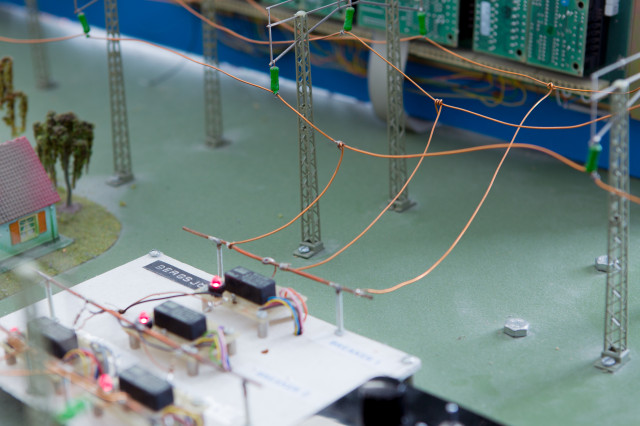Kursen ger en översikt över moderna krafthalvledarkomponenter och de fysikaliska grunderna för deras funktion. Typiska uni- och bipolära komponenttyper för likriktning och switchning behandlas, samt hur nyutvecklade halvledarmaterialen påverkar effektförluster och hållbarhet. Kursen innehåller följande moment:
- Grundläggande halvledarfysik och jämförelse av olika halvledarmaterial.
- Komponentstrukturer och tillverkningsmetoder.
- Statiska och dynamiska egenskaper hos komponenter.
- Inkapsling av komponenter, termiska egenskaper, förluster och tillförlitlighet.
- Praktisk erfarenhet av komponentutvärdering.
